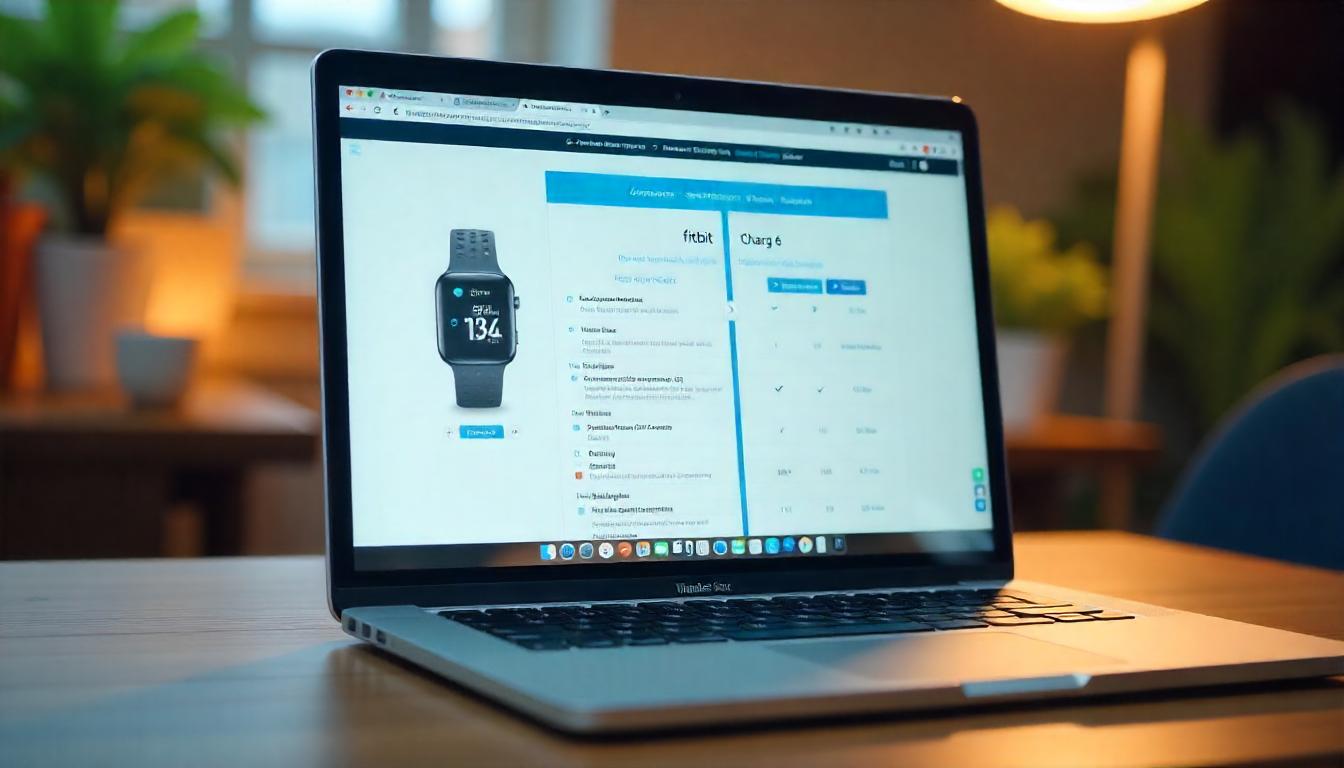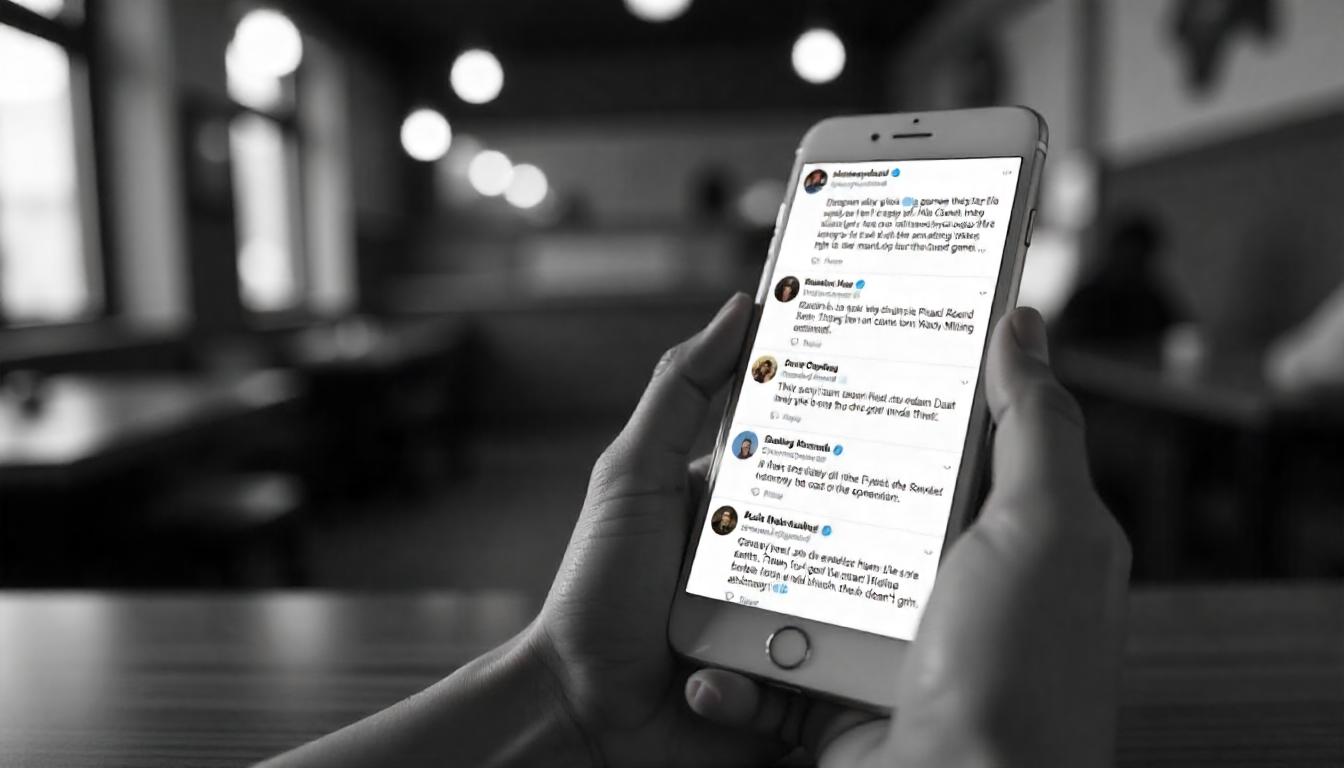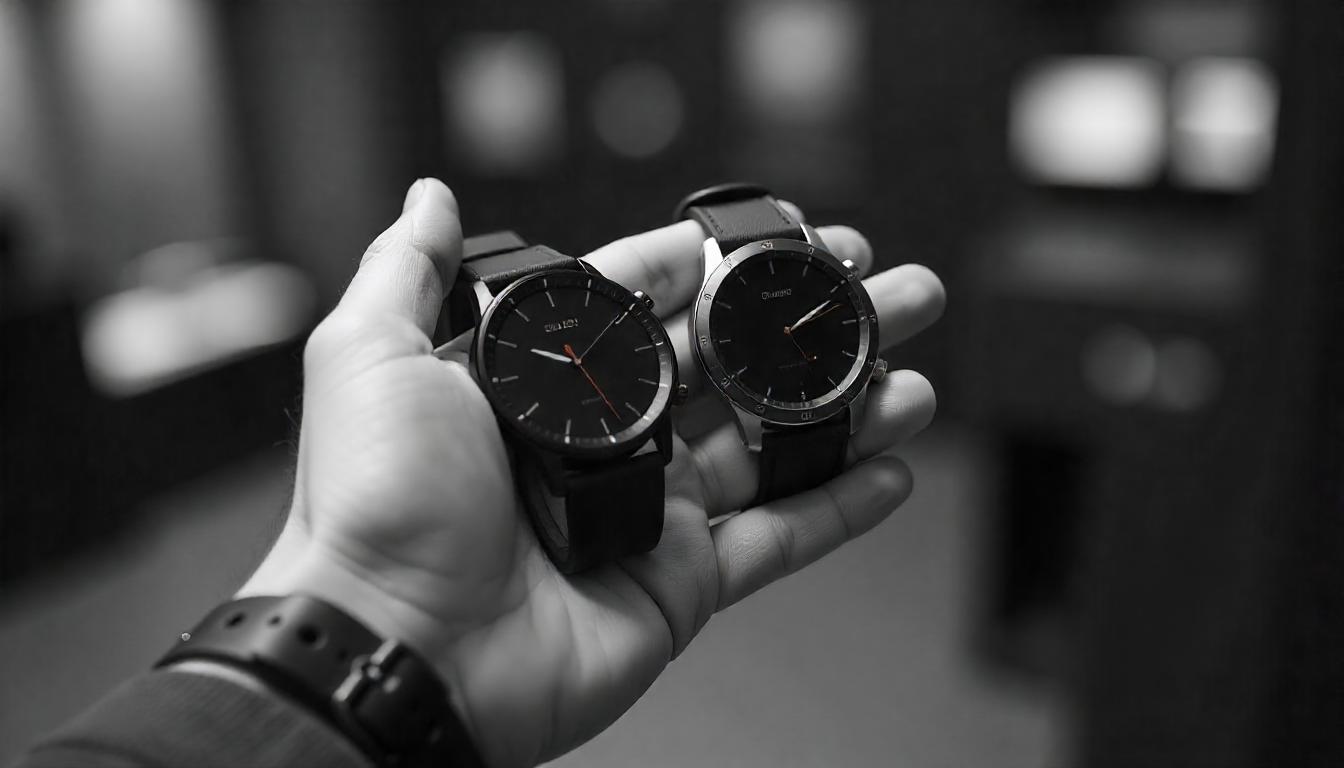Fitbit has long been a dominant name in the fitness wearable market, with its devices earning a reputation for tracking accuracy, style, and ease of use. As fitness tech evolves, Fitbit has introduced new models that push the envelope in both design and functionality. The Fitbit Versa 4 and Fitbit Charge 6 represent the latest in this evolution, each bringing unique features suited to different fitness and lifestyle needs. In this comparison, we will look at the key differences and similarities between the two devices, covering battery life, health tracking, screen functionality, and ease of use to help you make an informed decision.
1. Battery Life: Who Lasts Longer?
- Fitbit Versa 4:
One of the standout features of the Versa 4 is its long-lasting battery, providing up to 6+ days of use on a single charge. This extended duration makes it ideal for people who don’t want to worry about constantly charging their device, particularly during long workouts, sleep tracking, or multi-day fitness events. The Versa 4 offers fast charging, allowing you to get a quick boost if you’re in a rush, but the overall battery endurance is one of its strongest points. - Fitbit Charge 6:
The Charge 6, while impressive, comes with a more modest battery life of 3-5 days, depending on usage. Given its slimmer profile and the more intensive tracking features that are running consistently, it requires more frequent charging. If you’re someone who’s more into daily, extended wear with fewer interruptions, the Versa 4 offers a better option here. However, for shorter bursts of activity, the Charge 6 is perfectly capable and convenient.
Verdict: The Fitbit Versa 4 has the edge in battery life, making it more suitable for long-duration wear without frequent charging interruptions.
2. Health Tracking: A Comprehensive View of Your Fitness
- Fitbit Versa 4:
The Versa 4 is equipped with advanced health and fitness tracking features, including heart rate monitoring, built-in GPS for outdoor activities, sleep tracking, and more. It also supports SmartTrack, which automatically recognizes exercise routines like running or cycling. In addition, the Versa 4 includes Stress Management tools, including a daily Stress Score and mindfulness features that help balance physical health with mental well-being. ECG and SpO2 sensors allow for more in-depth heart health analysis, though they are primarily geared toward those with specific health monitoring needs. - Fitbit Charge 6:
The Charge 6 is a more athletically focused device, offering all the core features found on the Versa 4, like heart rate tracking, sleep monitoring, and automatic activity recognition. However, the **Charge 6 also introduces a new sensor system for advanced metrics like skin temperature tracking, which helps monitor potential changes in body health. For anyone training at a high level or wanting granular data on things like respiratory rate or VO2 Max, the Charge 6 goes a step further by integrating more fitness-oriented metrics into its system.
Verdict: For those looking for a balance of fitness and health tracking, both devices excel, but the Charge 6 offers more advanced features for serious athletes and those focusing on detailed health insights.
3. Screen Functionality: Interaction & Visual Appeal
- Fitbit Versa 4:
The Versa 4 boasts a larger, color AMOLED touchscreen that’s ideal for those who prefer a more immersive display for interacting with notifications, tracking activities, or customizing watch faces. The larger display is ideal for those who want to see more at once and interact with their device without squinting. The screen responsiveness is generally smooth, and it supports swiping gestures, making it intuitive to navigate. However, its larger size might not be the best for individuals with smaller wrists who prefer a more compact device. - Fitbit Charge 6:
The Charge 6’s smaller, monochrome OLED display offers a more minimalistic and streamlined experience. While it’s not as large or vibrant as the Versa 4’s AMOLED screen, it’s incredibly functional for quick notifications, step tracking, and glanceable fitness metrics. The screen size keeps the design sleek and less intrusive for individuals who prefer subtlety over a more detailed interface. The touchscreen is still responsive, but it’s not as interactive as the Versa 4’s larger display.
Verdict: If you want a larger, vibrant display that offers more interaction and customization, the Versa 4 is the better option. However, for those seeking a compact, minimal design with essential tracking features, the Charge 6 is more suitable.
4. Ease of Use: Comfort and Convenience in Everyday Life
- Fitbit Versa 4:
The Versa 4 provides a more versatile experience with the added benefit of swappable bands and a more robust interface for interaction. Its larger screen and numerous features give it a sense of versatility, allowing you to use it for everything from fitness tracking to checking messages and controlling music. This makes it an excellent choice for those who want more than just a fitness tracker and need a device that can also manage their daily lifestyle. The larger design can be cumbersome for some but is an easy trade-off for users who appreciate more space and functionality. - Fitbit Charge 6:
The Charge 6 excels in comfort and subtlety. It has a streamlined design that is easy to wear for long periods, making it ideal for those who want a less bulky device. The smaller screen is a trade-off here, but for individuals who want a simple, lightweight device that blends seamlessly into daily wear, the Charge 6 offers an advantage. The simplicity of the device is a major selling point, as it’s easier to forget you’re wearing it, which could be a priority for users focused on long-term wear without distraction.
Verdict: For a feature-rich wearable with a variety of applications and a larger, more interactive display, the Versa 4 is the way to go. However, if comfort and a low-profile design are key for you, the Charge 6 takes the lead.
Conclusion: Which One Should You Choose?
The Fitbit Versa 4 and Fitbit Charge 6 each offer distinct advantages based on your needs. Here’s a quick summary to help you choose:
- Choose the Fitbit Versa 4 if you:
- Need a larger, vibrant display for better interaction.
- Prefer extended battery life for multiple days without charging.
- Want a more versatile fitness tracker with additional lifestyle features (e.g., notifications, music control).
- Enjoy a blend of health tracking and smart features in a well-rounded device.
- Choose the Fitbit Charge 6 if you:
- Are focused on detailed fitness tracking and health metrics.
- Appreciate a slim, minimal design that’s comfortable for all-day wear.
- Prefer a more athletic-oriented tracker with advanced health sensors like skin temperature tracking.
- Want a device that’s easy to wear and doesn’t feel bulky or intrusive.
Ultimately, the decision comes down to what you prioritize—whether it’s the Versa 4’s larger screen and longer battery life or the Charge 6’s more detailed fitness metrics and streamlined design. Either way, Fitbit continues to deliver devices that cater to a wide range of users, ensuring you’ll find the right fit for your fitness and lifestyle goals.






Leave a Reply